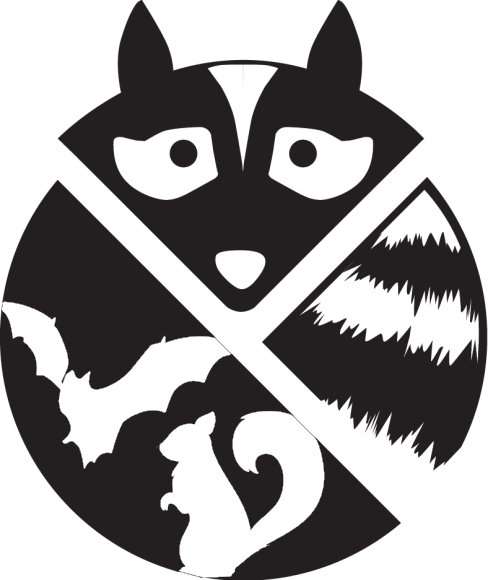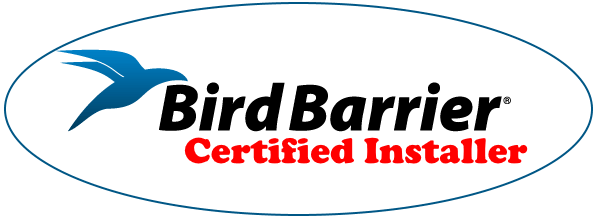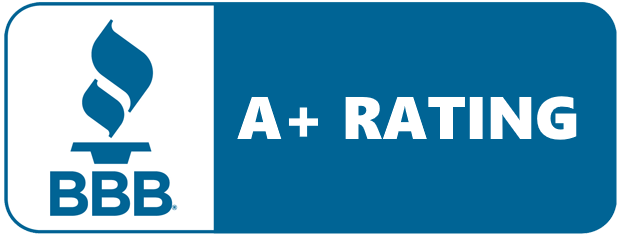As Seen On

Your Local Experts in Eliminating Wildlife Problems
Complete Home Inspection
Before traps are set a home inspection is performed to find all entry points as well as any areas that may be vulernable to animal entry. Once all of the areas are located, a plan is put together to set traps in the most effective places possible.
Humane Animal Removal
First and foremost, humane methods are our highest priority. We always use traps that are both effective as well as humane. Trap placement is key to eliminate any animals that are not the target animal(s). With animals being highly territorial, we use this to our advantage.
Cleanup & Damage Repair
After the animals have been removed from the area, there is always animal remnants that will attract other animals to the now vacant den site. Blood, hair, urine, feces, gland odors and even carcasses can all be found in animal dens. Along with these attractants, wildlife in homes can cause serious damage. We repair and restore damage and also offer attic restoration when attic insulation has been smashed and destroyed. When animals enter through a roof, chain effect damages are also caused such as water and mold damage from water/ snow entering the home though holes made.
Guaranteed Animal Proofing
The most important step of all 4 of these steps is animal proofing the home. Many homeowers that have gone decades without a problem are mind boggled that they all of a sudden have reoccurring animal problems. Sadly, once a home has animals it’s impossible to remove all odors and the home becomes a beacon for animals looking for aditional den sites. We use high quality, wildlife proof materals that are not sold in home improvement stores. This insures that animals can not get through considering they can and do boar right through new roofing and shingles to enter an attic.
Raccoons in Crawl Spaces
Key Takeaways Signs of raccoon infestation include presence of droppings, damage to insulation and wiring, scratches and paw prints near crawl space entrance, and strong odor from urine and feces. Raccoons in crawl spaces pose health risks, including diseases like raccoon roundworm infection, leptospirosis, and salmonellosis. Effective ways to...
Raccoons in Chimneys
In the realm of urban wildlife, the elusive raccoon has found an unlikely sanctuary within the confines of our chimneys. Symbolizing adaptability and resourcefulness, these clever creatures have discovered the warmth and safety provided by these structures. However, their presence poses significant risks and challenges. This article...
Raccoons In Yards
Key TakeawaysRaccoons invade yards due to the availability of food sources and their adaptability as opportunistic omnivores.Raccoons can cause property damage, health hazards, and costly repairs for homeowners.Natural and homemade deterrents, such as DIY repellents and habitat modifications, can help discourage raccoons.Professional removal and...
Raccoon Poop Identification
Key TakeawaysSize, shape, color, texture, and odor of raccoon poop provide valuable information about the raccoon's health, diet, and foraging habits.Proper identification of raccoon poop is important for tracking raccoon populations and understanding their impact on ecosystems.Raccoon droppings can pose health risks as they may contain harmful...
Raccoon Diet
Key TakeawaysRaccoons have the ability to adapt their diet to different environments, allowing them to thrive in various habitats.They actively seek out and consume preferred food sources, including fruits, nuts, berries, grains, small mammals, fish, birds, and reptiles.Raccoons employ various hunting strategies, utilizing their adaptability and...
Raccoon Damages To Homes
Key TakeawaysRaccoons can cause insulation damage and use it for nesting, leading to reduced energy efficiency and increased utility bills.Raccoons chewing on electrical wires and cables can be costly to repair and pose a fire hazard.Raccoon damage to roofing and siding can result in water leaks, structural damage, and may require repairs or...
Do Raccoons Hibernate in Winter?
Key TakeawaysRaccoons do not hibernate in winter, but enter a state of torpor, reducing their metabolic rate.They seek shelter in dens to stay warm and may huddle together in communal dens to share body heat.Raccoons prepare for winter by actively searching for and accumulating food sources, and they have the ability to remember the location of...
Raccoon Diseases
Key TakeawaysRaccoons can harbor viral, bacterial, and parasitic infections and transmit zoonotic infections to humans.Raccoon roundworm, or Baylisascaris procyonis, is a notable zoonotic infection that can cause severe neurological damage in humans.Some diseases can be transmitted through scratches or bites, so caution should be exercised when...
Dead Raccoon Removal
Key TakeawaysSigns of a dead raccoon include foul odor, presence of flies or insects, and systematic search of the area.Safety precautions for removal include wearing protective gear, using long-handled tools, and disposing of the carcass according to local regulations.Disposing of the carcass can involve burying it away from water sources, using...



